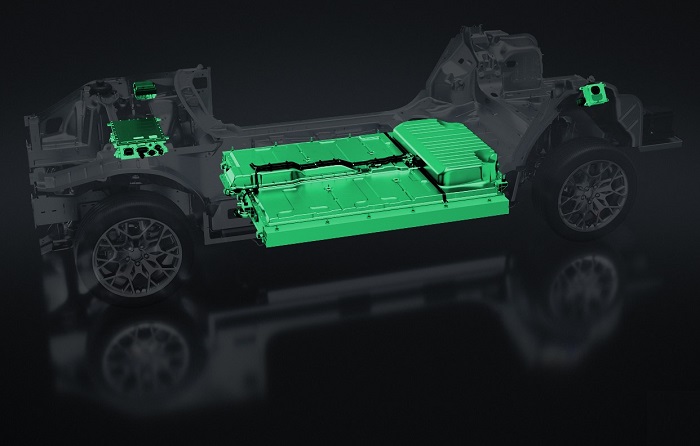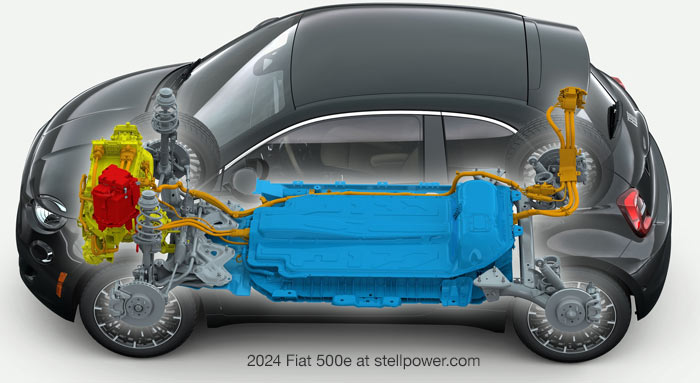The U.S. Environmental Protection Agency is, according to the Washington Post, thinking about reducing its emissions rules for cars and trucks. The EPA had been pushing for 50% of new-car sales to be BEVs with the 2030 model-year, but slower growth in EV sales and battery production are making that seem impractical.

Changes to the rule won’t be finalized for at least another month. They would likely change the projected regulatory curve, reaching the same point in 2055 but allowing for a slower, more gradual change to zero-emissions vehicles to match the slower, more gradual growth in the number of available models and in battery plants.
The emergence of mass-produced solid-state batteries in 2027 is expected to make BEVs far more acceptable to a wider range of buyers, but they might not be used until the 2028 model year; and even then it will take time to switch over existing cars. Charging stations are also still being built in many areas, and the companies making them are having to learn to avoid durability issues.

Some companies have barely started selling BEVs in the United States; Mazda and Stellantis only have plans, not actual cars, so far. The Fiat 500e will be the first Stellantis BEV to be sold in the United States and Canada.
BEV sales are not falling, but the rate of growth has slowed somewhat. This may change as Tesla has slashed prices and Ford and Rivian are responding; Stellantis has not yet announced prices for any BEVs other than the 500e.
Social media commentators have claimed that “California states” demand 100% BEV sales by 2030, but their actual deadline is 2035, and that is also likely to change as time goes on. California has long has special rules because much of the state’s population is in an area where the air stays still for long periods of time, so that any pollution stays where it is rather than being dispersed over eastern states.
Relaxing the timetable for emissions or fuel-economy has been done in the past. While some believe the government should consult more with automakers, in the past automakers have insisted that any tightening of any rule will cause bankruptcy. The rules have been tightened beyond what automakers said was possible; and cars are still made at a profit. This makes it harder for regulators to set the ideal timelines, and adjustments tend to be made later.
Primary story from the Washington Post via Geoff Gariepy. The original article contains more speculation about politics, rationale for moving to BEVs, and Tesla’s reaction (they are unsurprisingly against delays).
